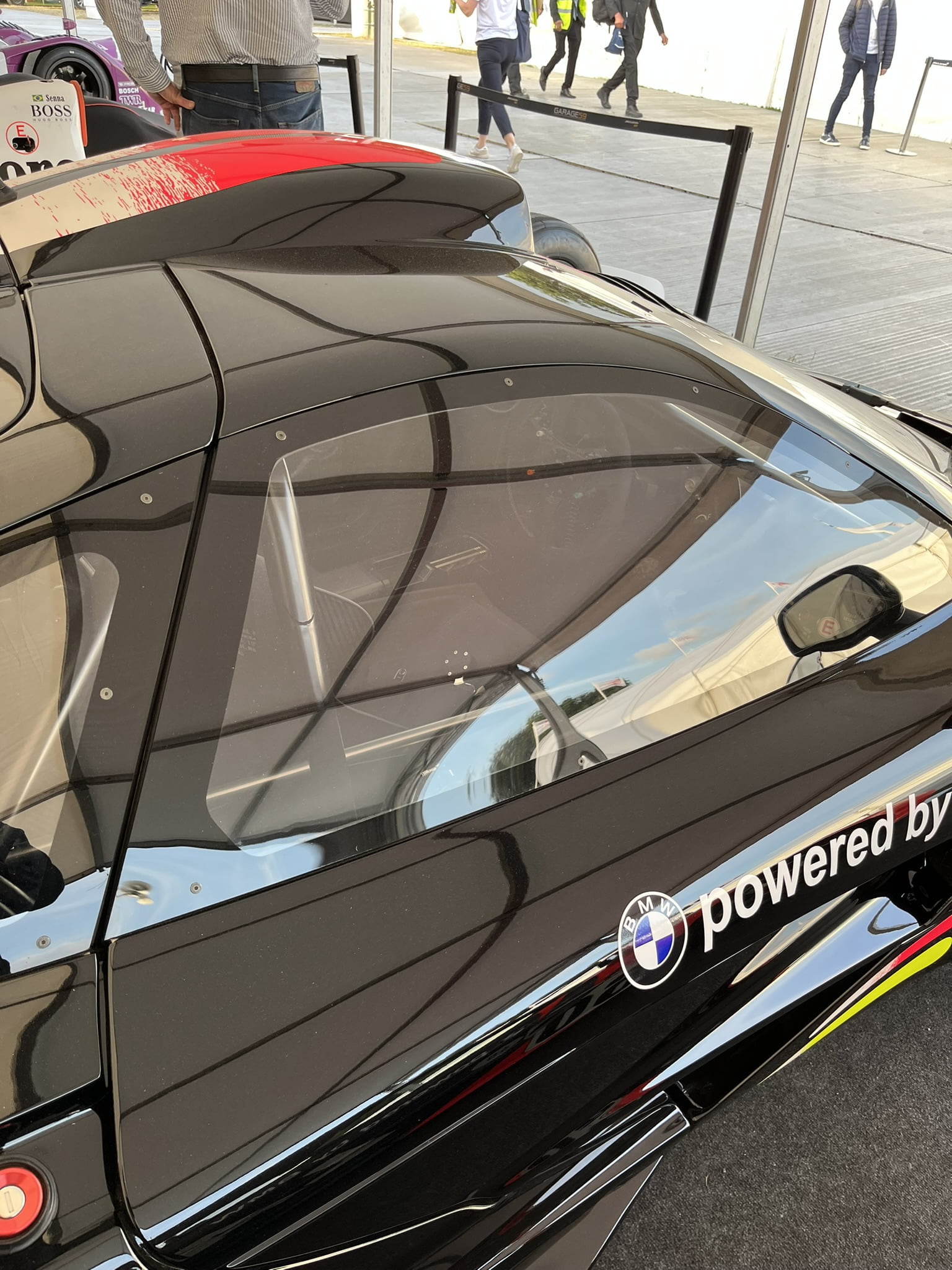1992 McLaren F1
The McLaren F1 was conceived by Gordon Murray, a visionary engineer who wanted to create the ultimate road car. With the support of McLaren’s Managing Director Ron Dennis, the project took shape in 1988. Murray’s philosophy centered around simplicity, lightness, and driver engagement, principles that would define the F1’s development. Unveiled in 1992, the McLaren F1 was a departure from conventional supercars of its time. It featured a centrally positioned driver’s seat flanked by two passenger seats, providing an unmatched driving experience. This unique layout not only enhanced the car’s handling but also offered exceptional visibility.


At the heart of the McLaren F1 lies a 6.1-liter BMW V12 engine, meticulously engineered to deliver both power and reliability. Producing 627 horsepower and 479 lb-ft of torque, this naturally aspirated engine propelled the F1 to unprecedented speeds. The car could accelerate from 0 to 60 mph in just 3.2 seconds and had a top speed of 240.1 mph (386.4 km/h), a record it held for over a decade. One of the F1’s standout features was its carbon fiber monocoque chassis, a pioneering use of the material in a road car. This construction method not only reduced weight but also significantly increased structural rigidity. The F1’s overall weight was just 1,138 kg (2,509 lbs), making it incredibly agile and responsive.

Every aspect of the F1 was designed with performance in mind. The suspension system was meticulously tuned for optimal handling, while the brakes, featuring carbon-ceramic discs, provided exceptional stopping power. The car’s aerodynamics were also groundbreaking, with a focus on reducing drag and maximizing downforce without the use of large external wings.
The McLaren F1’s design is both functional and beautiful. Its sleek, aerodynamic body features flowing lines and a low, aggressive stance. The car’s dihedral doors, which open upwards and outwards, add a dramatic touch and have become a signature feature of McLaren’s design language. Inside, the F1 offers a blend of luxury and simplicity. The central driving position, surrounded by high-quality materials and bespoke instrumentation, creates an immersive experience for the driver. The use of gold foil in the engine bay, for heat insulation, exemplifies the attention to detail and innovation that went into every aspect of the car’s design.





The McLaren F1’s impact on the automotive world cannot be overstated. It redefined what a supercar could be, combining blistering performance with usability and innovation. Only 106 units were produced between 1992 and 1998, including road cars, racing variants, and prototypes, making it one of the most exclusive and sought-after cars in the world. The F1’s racing pedigree is also noteworthy. It won the 1995 24 Hours of Le Mans outright, beating purpose-built prototype race cars, a testament to its engineering excellence. This victory cemented the F1’s status as not just a supercar, but a true racing legend.
In an era where supercars are becoming increasingly complex and reliant on technology, the McLaren F1 stands as a reminder of the purity of driving and the heights that can be achieved through innovative engineering and a clear vision. It is a timeless icon, a car that will forever be remembered as one of the greatest achievements in automotive history.